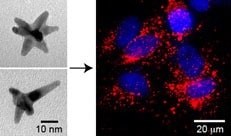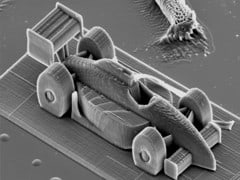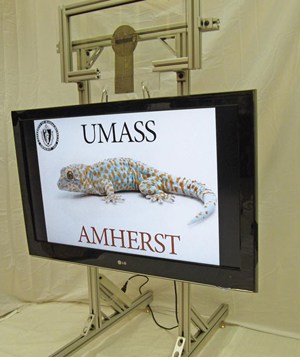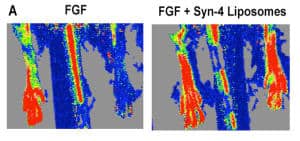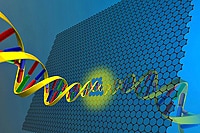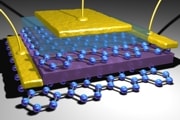Gold nanostars targeted to a protein over-expressed in most cancer cells are shuttled by that protein directly to the cancer cell nucleus where illumination with a laser light releases a drug that deforms the nucleus and kills the cell.
Gold nanostars shuttled to cancer cell nucleus to release drug
